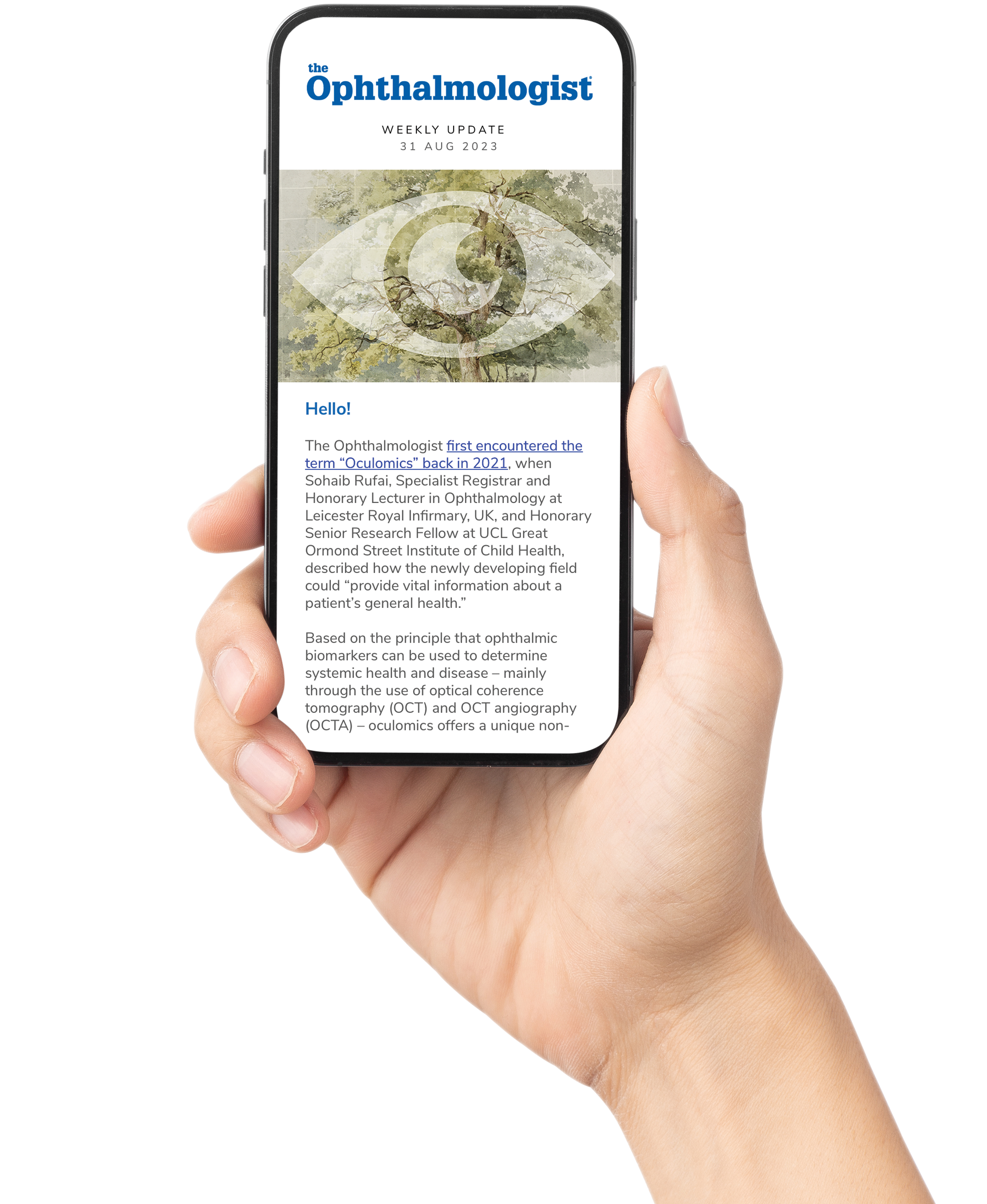
For those of us living with vision impairment, sight is never taken for granted. It becomes a daily negotiation – not only with clinical measurements, but with the hidden realities that shape everyday life. Fatigue from constant visual effort, the split-second calculations of stepping off a curb or the anxiety of unfamiliar spaces rarely show up in test results, yet they profoundly influence how life is lived.
Often, the greatest challenges are not what can be measured. They are the subtle, cumulative burdens – what might be called the invisible side of vision loss. The effort of reading a menu in dim light, the cognitive overload of scanning a busy station, the grief of giving up driving - these are all obstacles that reshape daily living for those who are visually impaired, in ways charts cannot capture.
The hidden weight of fatigue
Fatigue is one of the most common – yet least acknowledged -- aspects of living with vision impairment. Unlike tiredness after physical exertion, this is a deeper exhaustion, born from the constant effort required to process visual information. Every task, from navigating a crowded pavement to reading text in poor lighting, demands more energy and concentration than it would for someone with full sight. For many, even a simple trip to the supermarket can feel like running a mental marathon.
This fatigue is closely tied to what patients call "cognitive overload" – the mental tax of staying alert, scanning environments, and compensating for reduced visual input. Everyday activities such as catching a bus, shopping for groceries or attending a social gathering can leave a person disproportionately drained. While not captured in clinical tests, this exhaustion shapes daily choices, participation in work or leisure, and an individual's overall quality of life.
Recognizing fatigue as more than just a side-effect of vision loss is important. It influences adherence, independence, and wellbeing. By being aware of its impact, clinicians can better understand why patients may struggle with routines or disengage from activities, even when clinical measures appear stable.
Independence at risk: mobility and driving
One of the most profound impacts of vision impairment is the gradual erosion of independence. Tasks that once felt automatic – such as stepping off the kerb –
now require careful planning and heightened awareness. This constant vigilance brings a sense of vulnerability, as the risk of tripping or misjudging distances is never far away. The fear of falling can quietly shape decisions about where to go, when to travel, and even whether to leave the house at all.
Driving often represents the most visible marker of independence lost. Giving up driving can mean relinquishing spontaneity, flexibility, and sometimes even employment. For many, this change carries a quiet grief – mourning the freedom and independence driving once offered. The emotional toll can be significant, leading to isolation, reliance on others, and a shrinking world.
These shifts may not be obvious in the clinic, yet they define how people live day to day. Independence is tied not only to practical function, but to dignity, confidence, and self-identity. When mobility and driving are affected, it reshapes more than how someone gets from A to B; it alters their entire experience of the world.
The emotional side of vision loss
The gradual loss of independence and the strain of managing daily tasks often take a deep emotional toll. Many visually impaired people describe feelings of anxiety when navigating unfamiliar environments, or frustration at not being able to do activities once enjoyed with ease. Over time, these emotions can evolve into sadness, isolation, and sometimes depression. Because much of this inner landscape is unseen, individuals may feel present yet overlooked.
The social impact is equally significant. Friends may not understand why someone avoids an evening out, or why they seem hesitant in situations that appear straightforward. Invitations are sometimes withdrawn, and people may withdraw themselves, leading to reduced participation and growing isolation. Vision loss, therefore, is not only a physical or functional change, but also an emotional and social shift.
These feelings are not always voiced in the clinic, yet they are very real in everyday life. Recognizing the emotional side of vision impairment does not mean solving every challenge, but appreciating that mental health and social connection are intertwined with eye health. This awareness alone can help bridge the gap between clinical results and lived experience.
Treatment realities: medication and clinics
For many people with vision impairment, treatment itself brings its own challenges. Whether it involves medication, eye drops, or regular procedures, routines of care are not always straightforward. Remembering doses, managing complex schedules, or coping with side-effects can become burdensome. Eye drops, for example, may seem simple, yet applying them accurately or dealing with irritation can make daily use difficult.
The clinic environment adds further hurdles. Visual field tests are mentally demanding, while navigating large hospitals or unfamiliar spaces can be disorientating. Small barriers such as unclear signage, inaccessible print, or lengthy waits may appear minor, but together they heighten stress.
These realities often remain unnoticed within clinic walls, and yet they influence how patients engage with treatment and follow-up. Recognizing that practical obstacles can shape outcomes brings a fuller picture into view – one that accounts for both clinical effectiveness and the effort required to sustain it.
Support beyond the clinic
While treatment and clinical care are central, some of the most valuable support for people with vision impairment exists outside the clinic walls. Services such as low vision rehabilitation, peer groups, or Eye Clinic Liaison Officers (ECLO) help people adapt both practically and emotionally. These connections provide something medicine alone cannot – reassurance, shared understanding, and strategies for daily living.
Support also extends into family and community life. When those around a person understand the challenges of fatigue, mobility or visual stress, participation feels possible and isolation less likely. Acknowledgement from others turns hidden struggles into shared realities. Such networks may not be part of direct ophthalmic care, but they shape how people manage their condition and wellbeing.
Recognizing that outcomes depend not only on treatment, but also on social and emotional support, is a reminder that vision health is sustained through a holistic approach.
Seeing the whole patient
Living with vision impairment is about far more than reduced sight. It means carrying the hidden weight of fatigue, facing the quiet grief of lost independence, managing the emotional strain that often goes unspoken, and coping with the daily realities of treatment and clinic visits. Beyond this, it is about finding strength in support networks that bring these challenges out into the open.
For eye care professionals, acknowledging these realities does not require new clinical tools – it requires awareness. Each patient brings experiences that extend far beyond test results. By recognizing the unseen aspects of vision loss and making space for them in conversations, clinicians can deepen empathy, strengthen trust, and ensure care addresses not only the eye but the person behind it. Ultimately, the greatest difference comes when the invisible becomes visible.
